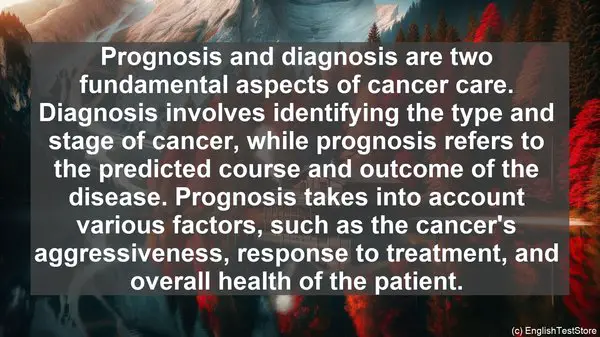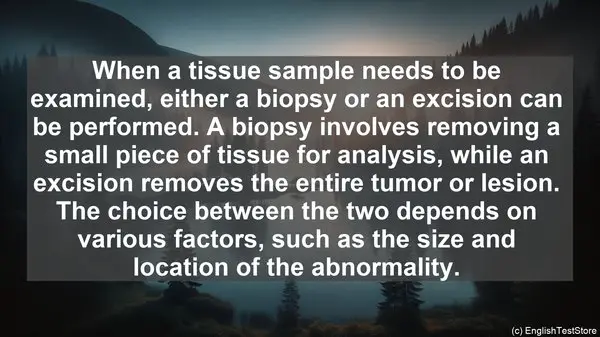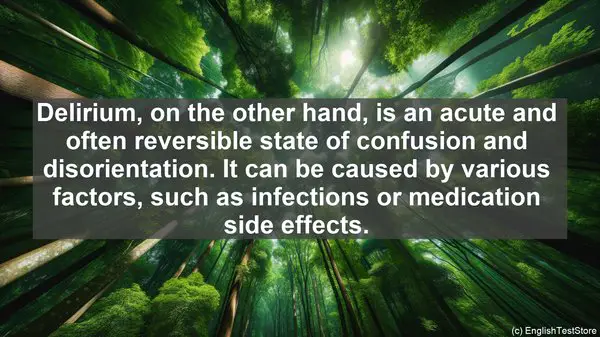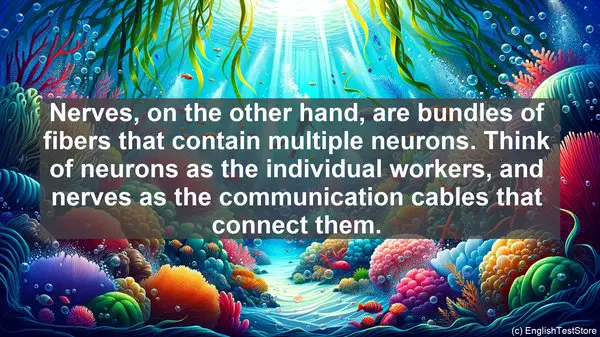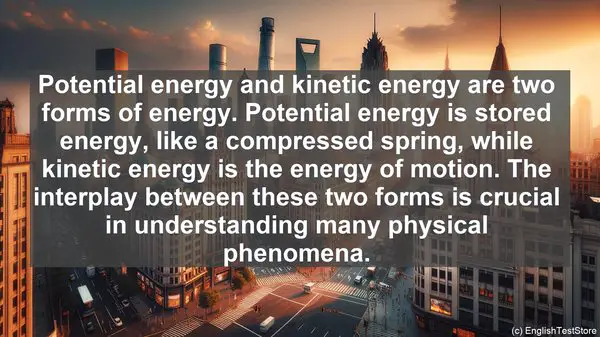Introduction
Welcome to today’s lesson on peptide chemistry. In this lesson, we’ll be discussing the top 10 commonly confused words in this field. Understanding these terms is crucial for your success in peptide chemistry. So, let’s dive right in!
1. Peptide vs. Protein
One of the most fundamental distinctions is between peptides and proteins. While both are made up of amino acids, peptides are shorter chains, typically consisting of fewer than 50 amino acids. Proteins, on the other hand, are longer chains, often with complex structures and specific functions.
2. Primary vs. Secondary Structure
When we talk about the structure of a peptide or protein, we refer to its primary and secondary structures. The primary structure is the linear sequence of amino acids, while the secondary structure refers to the local folding patterns, such as alpha helices or beta sheets.
3. Hydrolysis vs. Condensation
Hydrolysis and condensation are two opposing chemical reactions that play a significant role in peptide chemistry. Hydrolysis involves the breaking of peptide bonds using water, while condensation is the formation of peptide bonds, often accompanied by the release of water molecules.
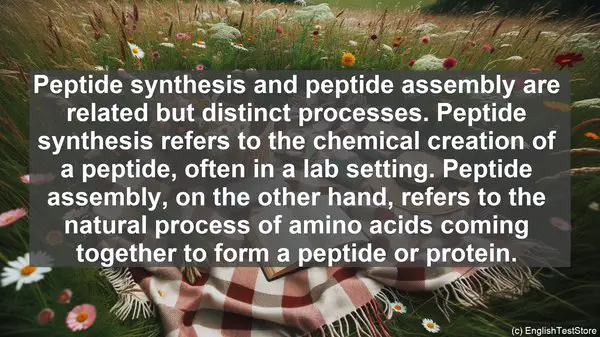
4. N-terminus vs. C-terminus
Every peptide or protein has two ends: the N-terminus and the C-terminus. The N-terminus refers to the end with the free amino group, while the C-terminus is the end with the free carboxyl group. These ends are crucial for understanding the directionality and orientation of the molecule.
5. Amino Acid vs. Residue
While the terms ‘amino acid’ and ‘residue’ are often used interchangeably, there is a subtle difference. Amino acids are the individual building blocks, whereas residues are the amino acids that remain after a peptide bond is formed.
6. Peptide Synthesis vs. Peptide Assembly
Peptide synthesis and peptide assembly are related but distinct processes. Peptide synthesis refers to the chemical creation of a peptide, often in a lab setting. Peptide assembly, on the other hand, refers to the natural process of amino acids coming together to form a peptide or protein.
7. Homopeptide vs. Heteropeptide
When all the amino acids in a peptide are the same, it is called a homopeptide. Conversely, if the peptide contains different amino acids, it is termed a heteropeptide. The composition of amino acids in a peptide can significantly influence its properties and functions.
8. Denaturation vs. Renaturation
Denaturation refers to the disruption of a protein’s native structure, often due to factors like heat or pH changes. Renaturation, on the other hand, is the process of a denatured protein returning to its native, functional state. Understanding these processes is crucial for studying protein folding and stability.

9. Peptide Bond vs. Disulfide Bond
Peptide bonds and disulfide bonds are both important in peptide and protein structures. Peptide bonds link amino acids together, forming the backbone of the molecule. Disulfide bonds, on the other hand, are covalent bonds between two cysteine residues, often playing a role in stabilizing protein structures.
10. Proteolysis vs. Proteolytic Cleavage
Proteolysis and proteolytic cleavage refer to the breakdown of proteins. Proteolysis is a general term for protein degradation, while proteolytic cleavage specifically involves the enzymatic cleavage of peptide bonds. These processes are essential for regulating protein activity and turnover.

